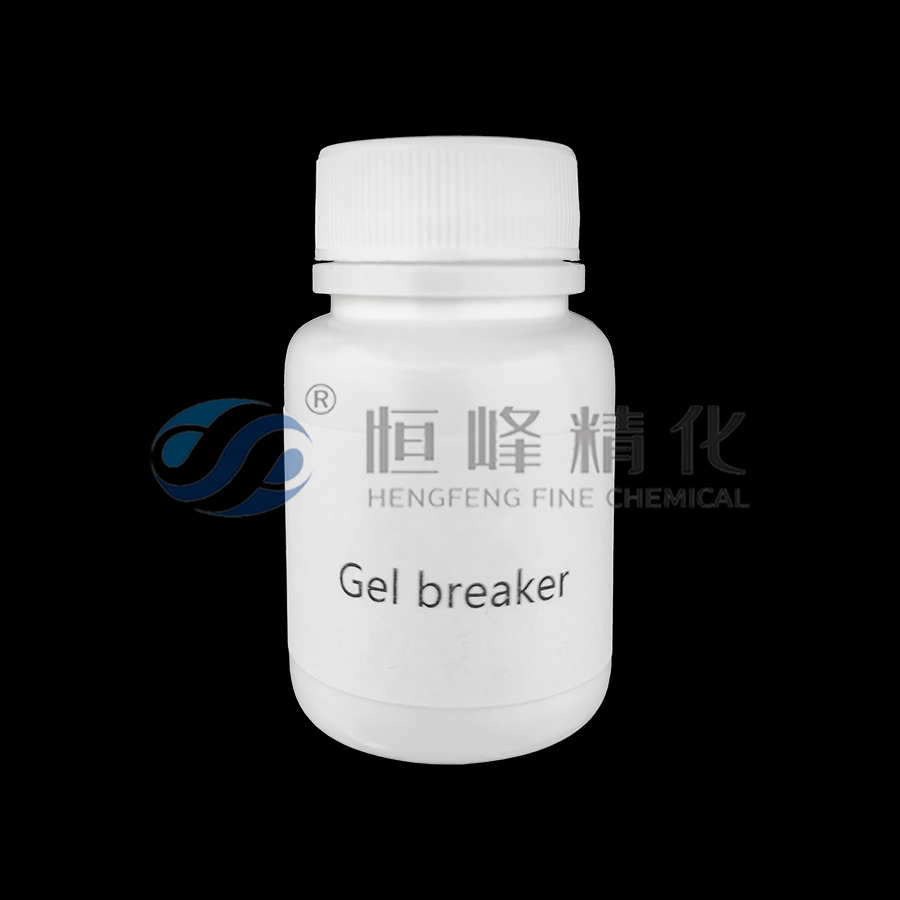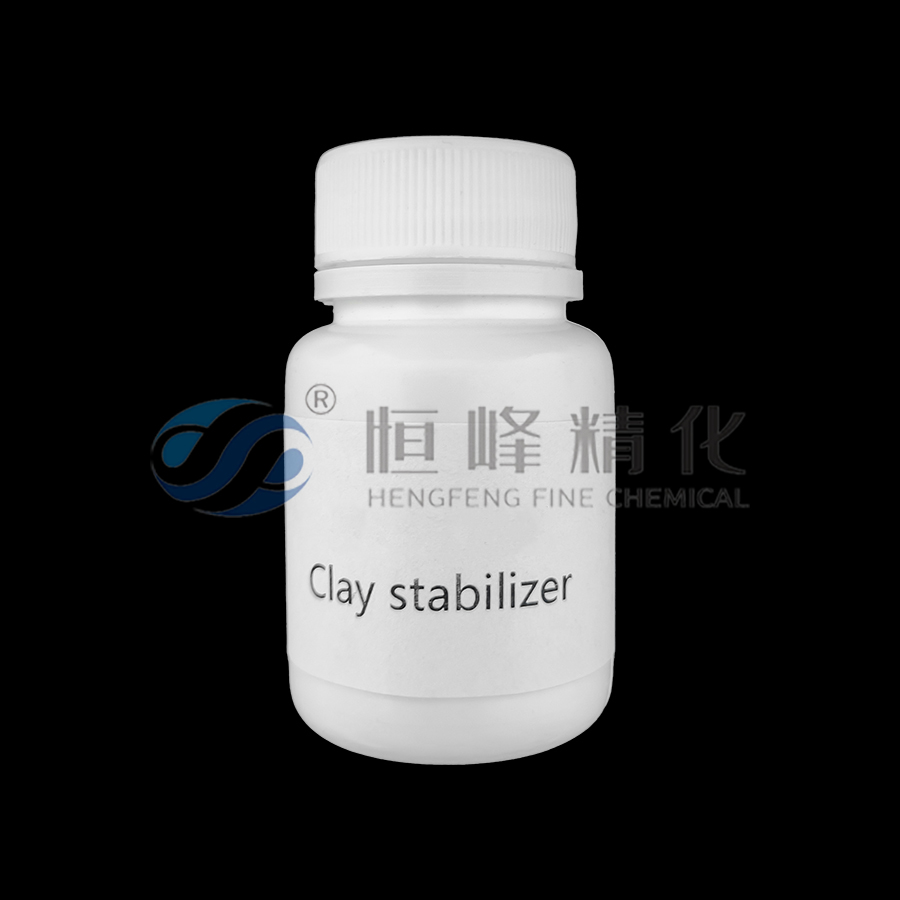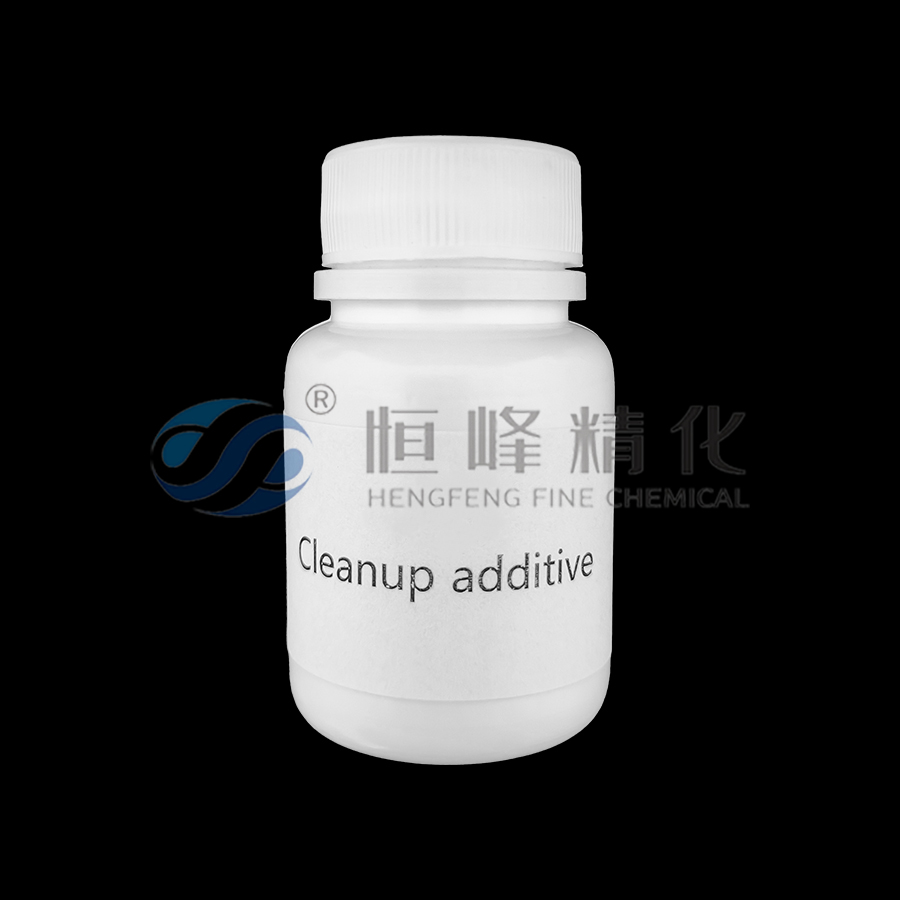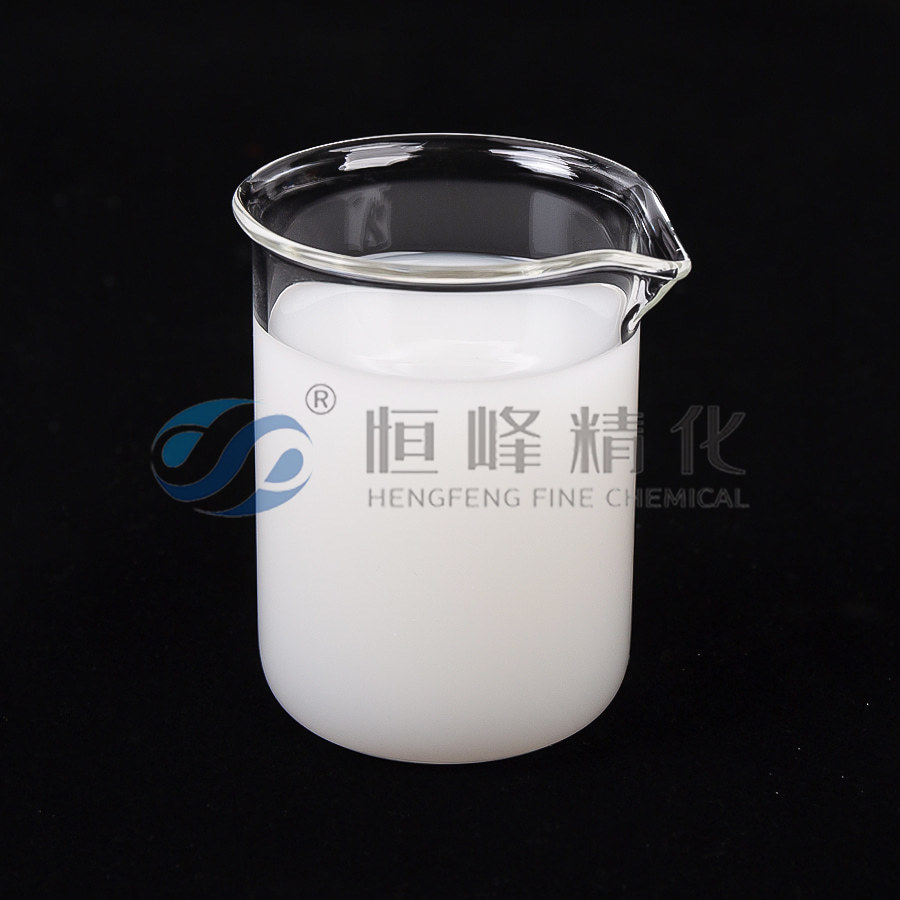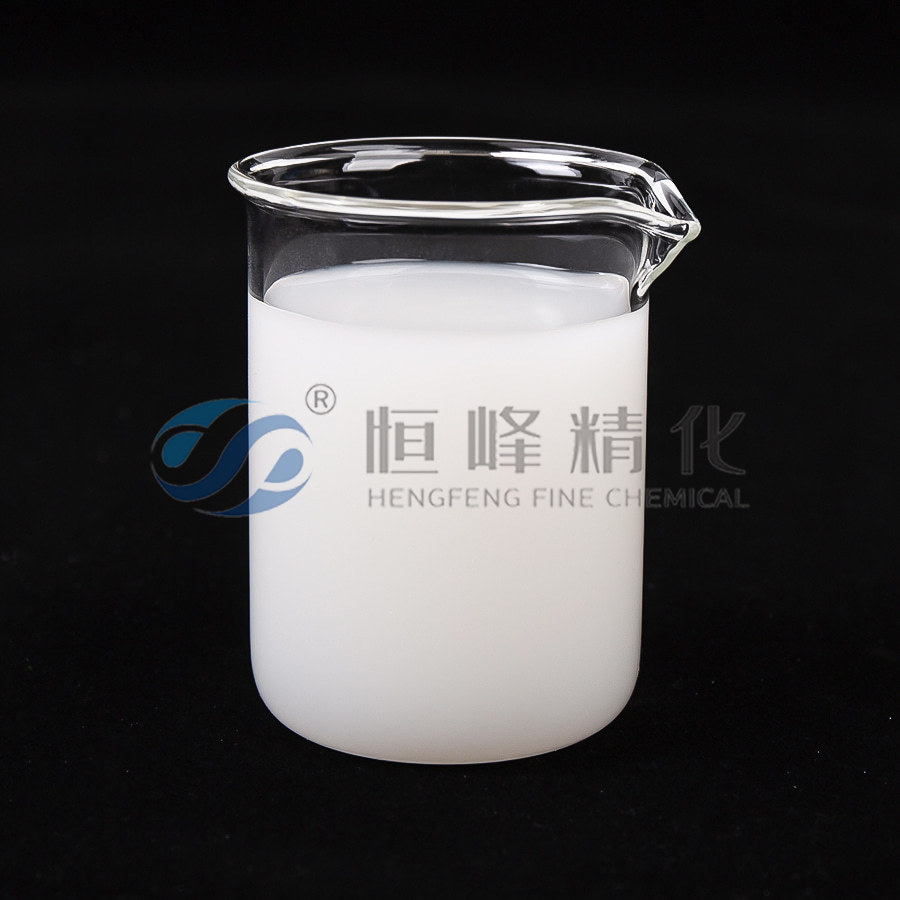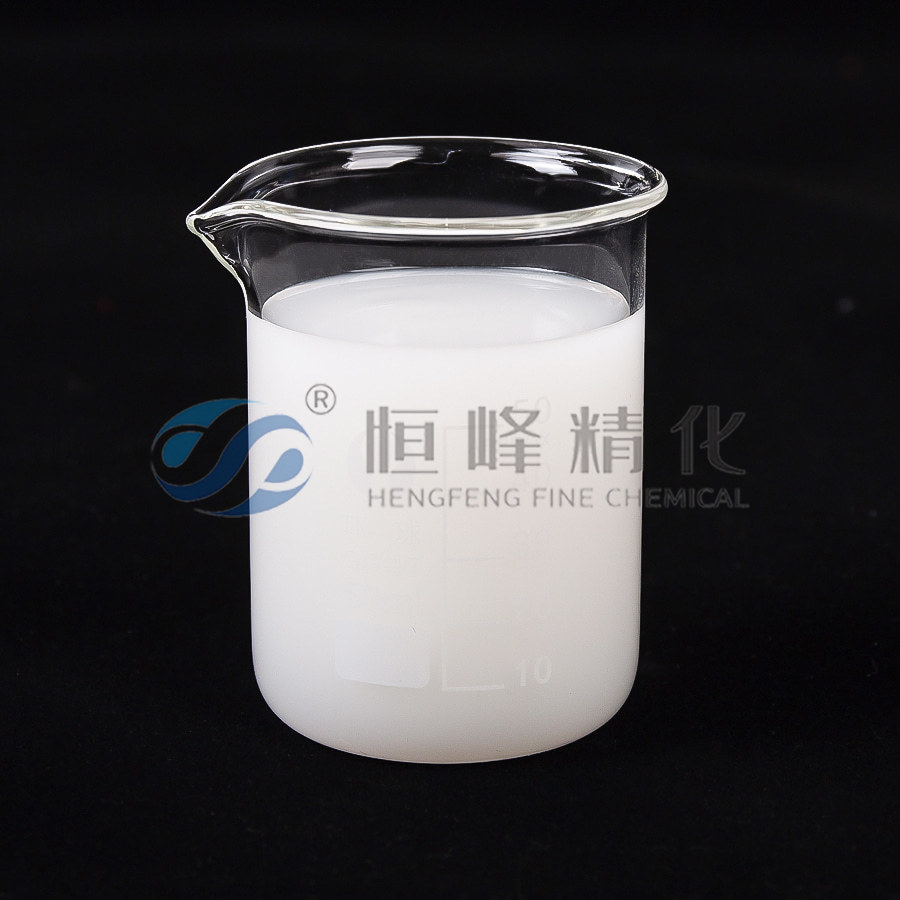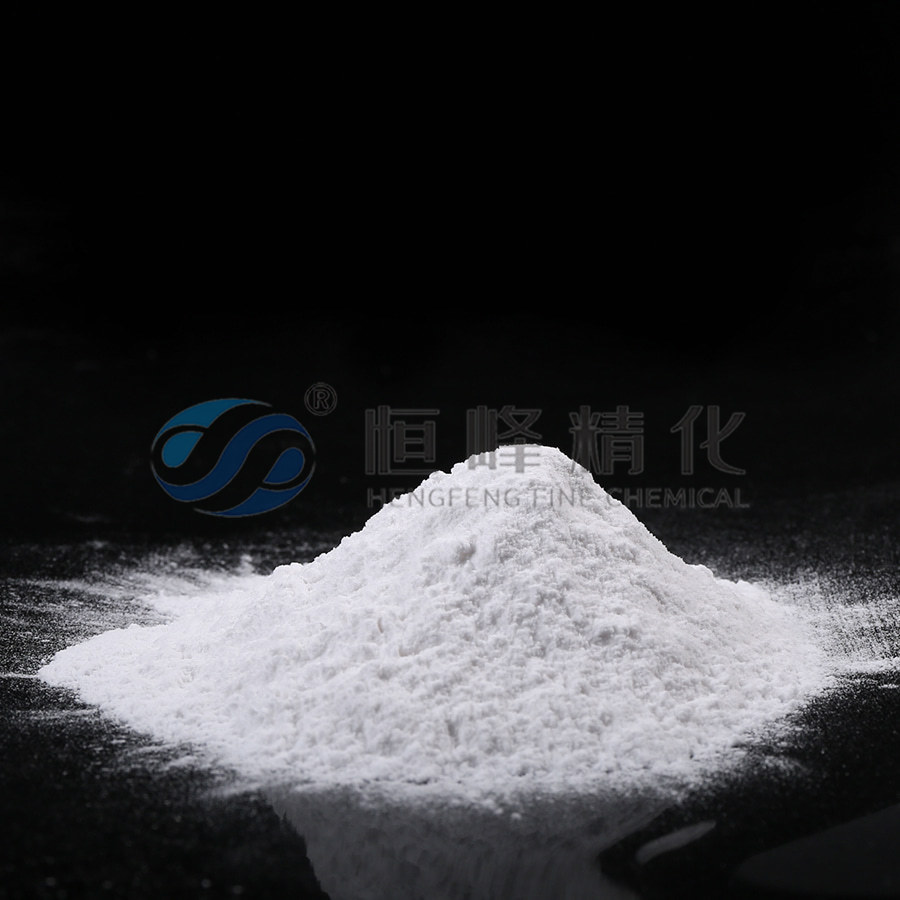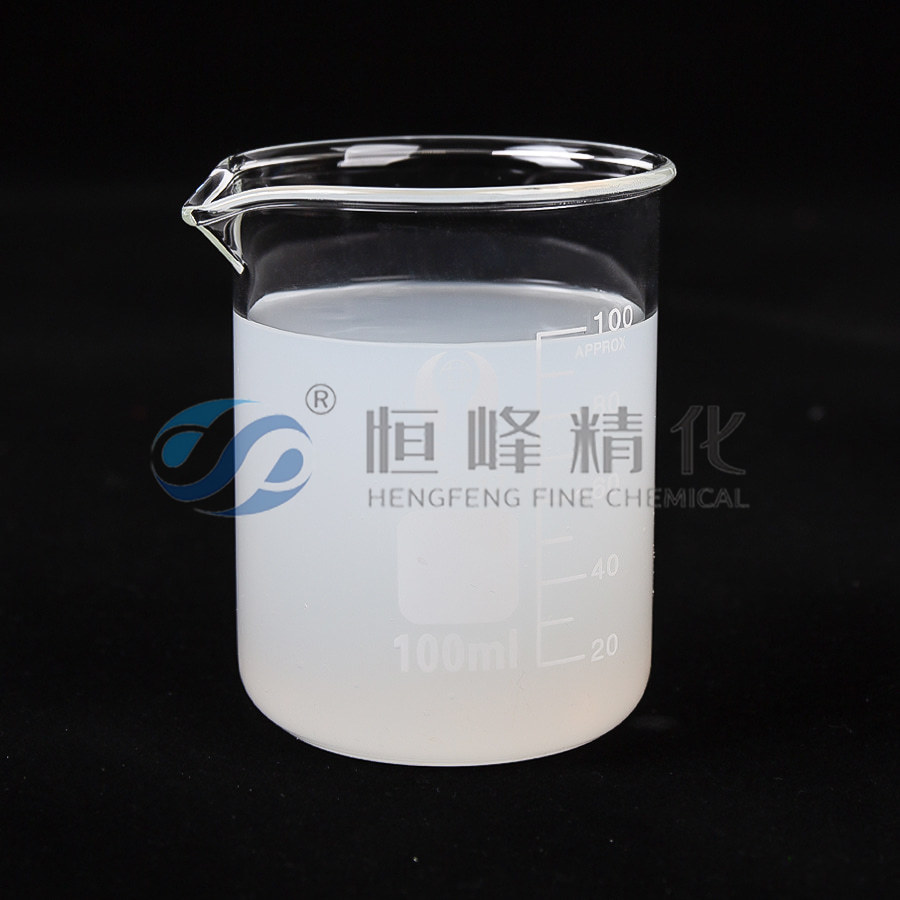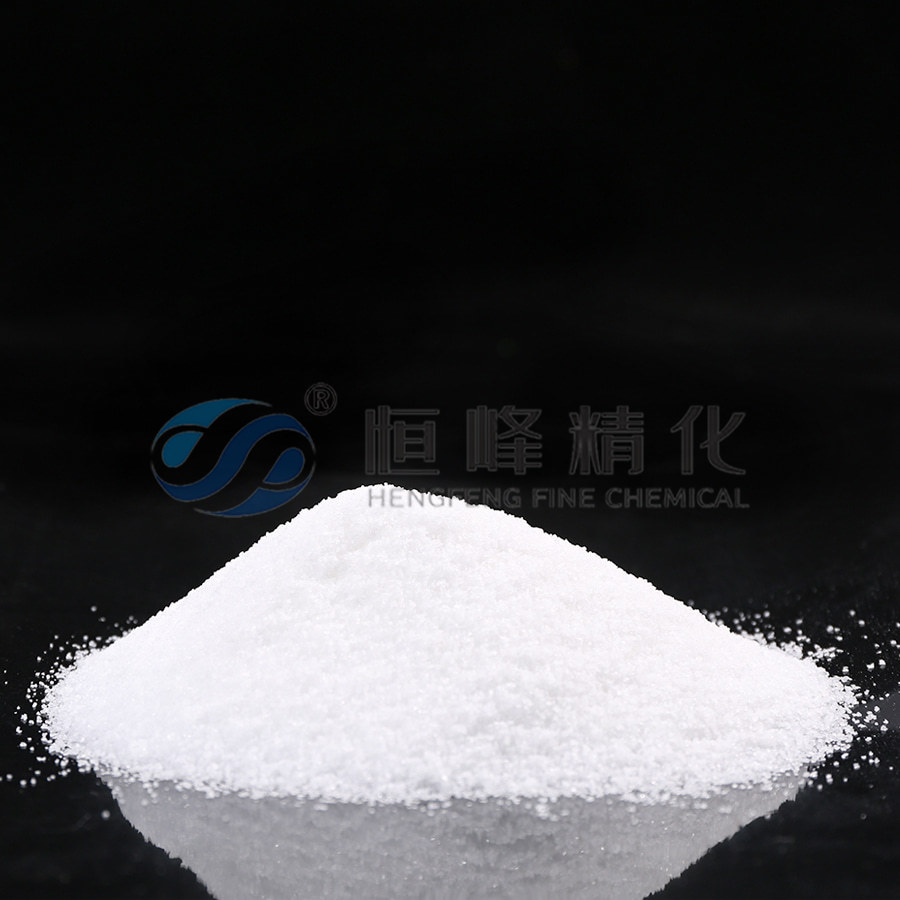The Complete Guide to Polyacrylamide in Mining
1.Introduction to Polyacrylamide (PAM)
What is Polyacrylamide (PAM)?
Polyacrylamide (PAM) is a versatile, water-soluble polymer made from acrylamide monomers. It is commonly used in a variety of industrial processes due to its ability to modify the flow and separation behavior of liquids and solids. In mining, PAM plays a crucial role in improving water management, enhancing mineral recovery, and reducing environmental impact. Its effectiveness lies in its ability to promote flocculation—the process of aggregating fine particles into larger clumps—thereby facilitating solid-liquid separation.
Chemical Structure and Properties
Chemically, PAM consists of long-chain molecules formed by the polymerization of acrylamide units. These chains can be chemically modified to carry different types of electrical charges:
Anionic (negatively charged)
Cationic (positively charged)
Non-ionic (neutral)
These modifications make PAM adaptable for a wide range of applications. Key properties of polyacrylamide include:
High molecular weight (often in the millions)
Strong affinity for water
Ability to bind with particles of varying charges
Customizable charge density to suit specific process needs
Types of Polyacrylamide: Anionic, Cationic, and Non-ionic
Anionic PAM: Contains negatively charged functional groups. It is primarily used to treat inorganic particles, such as clays and silts, which are common in mining slurries.
Cationic PAM: Contains positively charged groups, making it suitable for binding with organic matter, such as certain tailings and biosolids.
Non-ionic PAM: Has no electrical charge and is effective in neutral or variable pH environments where charged PAMs may be less effective.
Each type serves a specific function depending on the composition of the material being processed.
Why Polyacrylamide is Important in Mining
Mining operations generate vast amounts of wastewater, tailings, and fine particulate matter, all of which must be managed efficiently and in compliance with environmental regulations. Polyacrylamide enhances these processes by:
Accelerating the separation of solids from liquids
Enabling the recycling of process water
Stabilizing tailings to reduce environmental risk
Suppressing dust on haul roads and stockpiles
Improving recovery rates during mineral processing
2.Applications of Polyacrylamide in Mining
Polyacrylamide is a critical component in many mining operations due to its effectiveness in improving process efficiency and reducing environmental impact. Below are the key application areas where PAM is extensively used in the mining industry:
Flocculation and Sedimentation
How PAM Enhances Flocculation
In mining, flocculation is essential for separating fine particles from process water. When PAM is added to a slurry, its long polymer chains bind to suspended particles, causing them to form larger aggregates called flocs. This makes it easier for particles to settle out of suspension.
Improved Solid-Liquid Separation
By promoting rapid and effective flocculation, PAM enhances the performance of thickeners and clarifiers. The result is faster and more complete solid-liquid separation, which improves water recovery and reduces the load on downstream filtration equipment.
Reduced Settling Time
PAM significantly reduces the time it takes for solids to settle, allowing operations to run more efficiently. Faster sedimentation rates mean smaller settling tanks and lower capital and operating costs.
Tailings Management
PAM for Tailings Thickening
Tailings—the waste material left after ore processing—are often stored in large ponds. PAM helps thicken tailings by promoting the aggregation of fine solids, reducing the volume of water in the slurry. This not only conserves water but also makes tailings easier to manage and transport.
Dust Suppression in Tailings Ponds
Dry and exposed tailings surfaces can generate dust, posing health and environmental hazards. PAM is used to bind surface particles, forming a crust that reduces dust emissions.
Environmental Benefits
Efficient tailings treatment with PAM minimizes the risk of seepage and dam failure. It also enables better water recovery, reducing the need for fresh water and improving overall sustainability.
Water Treatment
PAM for Wastewater Treatment in Mining
Mining generates significant volumes of wastewater containing suspended solids, heavy metals, and other contaminants. PAM is commonly used in primary and secondary treatment stages to coagulate and remove these pollutants.
Removal of Suspended Solids and Pollutants
When used with coagulants, PAM enhances the removal of fine solids, organics, and metals from wastewater. This ensures that treated water meets discharge or reuse standards.
Recycling and Reuse of Water
By enabling effective treatment of process water, PAM supports closed-loop water systems. This reduces dependence on external water sources and helps meet regulatory requirements for water conservation.
Coal Washing
PAM for Separating Coal from Impurities
In coal processing, PAM is used to clarify slurry water and improve the separation of coal from ash, sulfur, and other impurities. It enhances flotation and sedimentation processes.
Improved Coal Quality
By effectively removing impurities, PAM improves the calorific value and quality of the final coal product, making it more suitable for energy production or export.
Mineral Processing
PAM in Flotation and Other Mineral Separation Techniques
PAM plays a supportive role in flotation processes by improving the selectivity and stability of bubbles that separate valuable minerals from gangue.
Increased Mineral Recovery
With better separation and cleaner concentrates, the use of PAM in mineral processing can lead to higher recovery rates and more efficient use of mined resources.
3.Benefits of Using Polyacrylamide in Mining
The integration of polyacrylamide (PAM) into mining operations brings a wide range of benefits that enhance both operational performance and environmental sustainability. Its chemical versatility and efficiency make it a key component in addressing the industry's evolving challenges, especially in water management, resource recovery, and regulatory compliance.
Improved Efficiency and Productivity
Polyacrylamide significantly enhances the efficiency of various processes in mining, especially those involving solid-liquid separation. By accelerating the settling of fine particles, PAM allows for faster processing times in thickeners, clarifiers, and tailings ponds. This leads to:
Increased throughput of processing equipment
Reduced downtime due to faster sedimentation
Better performance in filtration and dewatering units
In mineral processing and flotation, PAM improves selectivity and separation, contributing to higher mineral recovery rates and improved ore quality.
Reduced Water Consumption
Water is one of the most critical resources in mining, and its efficient use is essential for both economic and environmental reasons. PAM helps reduce water consumption in multiple ways:
Recycling process water: Treated water can be reused, reducing the demand for fresh water
Faster separation: Enhances water clarity, making it suitable for recirculation
Reduced evaporation loss: In tailings ponds, PAM promotes thicker deposits, minimizing the surface area exposed to evaporation
By optimizing water reuse, PAM helps mining operations maintain productivity in water-scarce environments and comply with water usage regulations.
Enhanced Environmental Protection
Environmental sustainability is increasingly important in modern mining. Polyacrylamide plays a major role in mitigating the environmental impact of mining operations by:
Reducing sediment runoff: Flocculated particles are less likely to enter nearby water bodies
Improving tailings management: Stabilized tailings are less prone to erosion, seepage, and dam failure
Suppressing dust: PAM-based dust control solutions reduce airborne particles, improving air quality and minimizing health risks
Supporting compliance: Use of PAM helps meet regulatory requirements for wastewater discharge, air emissions, and land reclamation
Cost Savings
While PAM represents a chemical investment, it often results in substantial cost savings across the operation. These include:
Lower chemical demand: PAM can reduce the need for other reagents in water treatment and separation processes
Reduced energy use: Efficient separation reduces energy consumption in dewatering and pumping
Less maintenance: Cleaner water and more stable tailings lead to reduced wear on equipment
Minimized environmental penalties: Improved compliance means fewer fines and lower remediation costs
4.Types of Polyacrylamide Used in Mining
Polyacrylamide (PAM) is available in various forms that differ primarily in their charge characteristics. Selecting the right type of PAM is critical to achieving optimal performance in mining applications. The three main types used in mining are anionic, cationic, and non-ionic polyacrylamides, each with distinct properties and best-use scenarios.
Characteristics:
Anionic PAM carries a negative charge due to the presence of carboxylate groups in its polymer chain. It typically has a high molecular weight and varying degrees of charge density, allowing it to interact strongly with positively charged particles.
Applications in Mining:
Widely used for flocculating fine mineral particles and clay suspensions in tailings ponds.
Effective in thickening and dewatering processes by aggregating suspended solids for faster sedimentation.
Ideal for treating wastewater containing inorganic particles and fine mineral slurries.
Best Uses:Anionic PAM is the preferred choice in mining operations where inorganic particles dominate, such as in ore processing, tailings management, and water treatment.
Characteristics:Cationic PAM contains positively charged ammonium groups along its polymer chain. It is generally effective in binding with negatively charged organic materials and sludge.
Applications in Mining:
Used in coal washing to separate coal from impurities effectively.
Applied in sludge dewatering processes where organic matter content is high.
Useful in flotation processes to improve recovery of certain minerals.
Best Uses:Cationic PAM excels in applications involving organic-rich sludges or where enhanced flotation performance is required.
Non-ionic Polyacrylamide
Characteristics:Non-ionic PAM carries no net electrical charge. This neutrality makes it less sensitive to changes in pH and ionic strength, which can affect charged PAMs.
Applications in Mining:
Employed in processes where particles have weak or no charge, or where pH conditions vary widely.
Useful as a coagulant aid in complex wastewater streams.
Sometimes combined with anionic or cationic PAMs to tailor flocculation properties.
Best Uses:Non-ionic PAM is suited for specialized applications where charge interactions are minimal or difficult to predict.
5.Choosing the Right Polyacrylamide Product
Selecting the appropriate polyacrylamide (PAM) product is critical to achieving optimal performance in mining applications. The effectiveness of PAM depends heavily on its molecular characteristics and how well these align with the specific requirements of your mining process. Below are the key factors to consider when choosing a PAM product:
Molecular Weight
The molecular weight of PAM influences its flocculation strength and the size of the flocs formed. Generally, higher molecular weight PAMs create stronger, larger flocs that settle faster, which is beneficial for thickening tailings and clarifying water. However, extremely high molecular weights may require more careful handling and mixing to avoid issues such as poor dissolution.
Charge Density
Charge density refers to the number of charged groups attached to the polymer chain. This characteristic determines how the PAM interacts with particles in the slurry or wastewater:
High charge density polymers provide stronger attraction to oppositely charged particles, resulting in faster and more efficient flocculation.
Low charge density PAMs offer gentler flocculation and may be preferable when dealing with delicate particles or sensitive processes.
Choosing the correct charge type (anionic, cationic, or non-ionic) and density depends on the nature of the particles involved — whether they are positively or negatively charged — as well as the pH and chemical composition of the system.
Application Requirements
Different mining processes have unique demands:
For tailings thickening, high molecular weight anionic PAMs are commonly preferred due to their strong flocculation with fine mineral particles.
In wastewater treatment, selecting PAM with an appropriate charge density ensures effective removal of suspended solids and contaminants.
Testing and Optimization
Before full-scale application, it is essential to conduct pilot tests or jar tests to determine the optimal PAM type, dosage, and mixing conditions. These tests simulate real-world conditions, allowing operators to adjust parameters to maximize efficiency and minimize chemical consumption.
Optimization ensures that the selected PAM delivers the desired results while avoiding overuse, which can lead to increased costs and potential process issues.
6.Best Practices for Polyacrylamide Use in Mining
Maximizing the effectiveness of polyacrylamide (PAM) in mining operations requires careful attention to how it is prepared, applied, and managed. Adhering to best practices not only improves performance but also ensures safety and cost-efficiency.
Proper Mixing and Dissolution
PAM is typically supplied as a dry powder or concentrated liquid. Proper mixing is essential to fully dissolve the polymer and activate its flocculating properties:
Gradual Addition: Add PAM slowly to water under moderate agitation to prevent clumping or “fish eyes” (undissolved lumps).
Water Quality: Use clean, pH-balanced water for dissolution. Extreme pH or high salinity can reduce PAM effectiveness.
Mixing Time: Allow sufficient hydration time—often 30 minutes to an hour—before application.
Dosage Control
Applying the correct amount of PAM is critical to achieving desired results without wasting material or causing operational issues:
Jar Testing: Conduct bench-scale tests to determine the optimal dosage for specific slurry or wastewater characteristics.
Automated Dosing: Use metering pumps and real-time monitoring systems to maintain consistent polymer dosage during continuous operations.
Avoid Overdosing: Excessive PAM can lead to poor floc formation and increased costs.
Storage and Handling
Proper storage maintains polymer quality and prolongs shelf life:
Temperature: Store PAM in a cool, dry place away from direct sunlight. High temperatures can degrade the polymer.
Moisture Protection: Keep dry powders sealed and liquids tightly closed to prevent contamination and premature hydration.
Shelf Life: Follow manufacturer guidelines; typically, PAM powders remain stable for 2 years if stored correctly.
Safety Precautions
The acrylamide monomer used in its production is toxic and potentially carcinogenic in high concentrations, while PAM itself is generally safe:
Personal Protective Equipment (PPE): Wear gloves, safety goggles, and masks when handling dry powder or concentrated solutions.
Avoid Inhalation and Skin Contact: Use in well-ventilated areas and prevent direct contact.
Spill Response: Clean spills promptly and dispose of waste according to local regulations.
Training: Ensure all personnel handling PAM are trained in safe procedures and emergency response.
7.Environmental Considerations and Regulations
The use of polyacrylamide (PAM) in mining must be carefully managed to ensure environmental safety and regulatory compliance. While PAM offers significant benefits in process efficiency and pollution control, it is essential to understand its environmental impacts and adhere to industry standards.
Acrylamide Monomer Content
One of the primary environmental concerns with PAM is the presence of residual acrylamide monomers,. During polymerization, not all acrylamide monomers are converted into the polymer chain, leaving trace amounts in the final product. Regulatory agencies worldwide set strict limits on allowable acrylamide monomer concentrations in PAM products used in mining and water treatment.
To minimize risks:
Choose PAM products with low residual acrylamide content (typically less than 0.05%).
Use certified suppliers who provide detailed product safety data sheets (SDS).
Implement proper handling and dosing procedures to prevent environmental release.
Biodegradability
Polyacrylamide is a synthetic polymer that does not readily biodegrade in natural environments. However, newer formulations and research focus on developing PAM variants that are more environmentally friendly, including bio-based or partially biodegradable polymers. The aim is to reduce the persistence of PAM residues in tailings ponds, water bodies, and soils.
Mining operations should:
Monitor the environmental fate of PAM used on-site.
Consider the potential accumulation of polymers in sediments.
Evaluate alternatives or supplementary treatments to mitigate long-term impacts.
Regulatory Compliance
Mining companies must comply with a variety of environmental regulations regarding water discharge, chemical use, and waste management. These regulations vary by country and region but commonly include:
Limits on the concentration of acrylamide and other chemicals in wastewater discharge.
Requirements for environmental impact assessments before using new chemical treatments.
Guidelines for safe storage, transport, and disposal of PAM products.
Staying compliant involves:
Regular testing of effluent quality.
Documentation and reporting of PAM use.
Training personnel on environmental best practices and safety.
8.Future Trends in Polyacrylamide Use for Mining
As the mining industry continues to evolve in response to environmental, economic, and technological challenges, the use of polyacrylamide (PAM) is also advancing. Future trends point toward innovations that improve efficiency, sustainability, and environmental stewardship.
New Innovations and Technologies
Emerging research is focused on developing next-generation PAM products with enhanced performance characteristics. These include:
Bio-based and biodegradable PAMs: To reduce environmental persistence and improve eco-friendliness, newer formulations derived from renewable resources are being introduced. These aim to maintain effectiveness while minimizing ecological impact.
Tailored molecular designs: Advances in polymer chemistry enable the precise tuning of molecular weight and charge density to match specific mining processes, resulting in better flocculation, reduced chemical use, and cost savings.
Smart dosing systems: Integration of sensors and automation allows real-time monitoring and control of PAM dosing. This optimizes polymer use, prevents overdosing, and maximizes process efficiency.
Sustainable Mining Practices
Sustainability is a driving force behind the adoption of improved PAM applications. Mining companies are increasingly:
Implementing closed-loop water systems that rely on PAM for efficient solid-liquid separation and water recycling, dramatically reducing freshwater consumption.
Using PAM for safer tailings management, reducing risks related to tailings dam failures and minimizing dust emissions.
Adopting environmentally compliant PAMs with low acrylamide monomer content, aligning with stricter regulations worldwide.
Digital Transformation and Data Analytics
The mining sector is leveraging digital tools such as artificial intelligence (AI), machine learning, and big data analytics to optimize PAM use. These technologies help predict process variations, adjust polymer dosing dynamically, and improve overall operational control.
9.Conclusion
Polyacrylamide has firmly established itself as an indispensable tool in the mining industry, offering a range of applications that enhance both operational efficiency and environmental stewardship. From improving flocculation and sedimentation processes to optimizing tailings management and wastewater treatment, PAM plays a critical role in advancing mining operations toward greater productivity and sustainability.
The diverse types of PAM—anionic, cationic, and non-ionic—allow mining companies to tailor solutions specific to their material characteristics and process requirements, ensuring optimal performance. By reducing water consumption, controlling dust, and facilitating the recovery of valuable minerals, PAM not only lowers operational costs but also helps meet stringent environmental regulations.
Looking ahead, innovations in PAM formulations and digital optimization techniques promise to make mining processes even more efficient and environmentally friendly. Sustainable mining practices supported by advanced polymer technologies will continue to drive progress in resource recovery and environmental protection.
In summary, the future of mining is closely linked to the continued use and development of polyacrylamide. Its proven benefits and adaptability make it a cornerstone in the pursuit of efficient, cost-effective, and responsible mining operations worldwide.
Jiangsu Hengfeng Fine Chemical is a dedicated PAM(polyacrylamide) factory in China, which is widely used in mining. Our products covers cationic, anionic, nonionic PAM, which could meet the different requirements from wastewater treatment, oil field, mining and papermaking. With 3000 partners all over the world, we have plenty experience dealing with wastewater. Hengfeng are making our effort for the cause of partner profit and environmental protection. We provide service including inquiry, lab test and pilot test to our partner for free. We provide not only products but also service. We will choose the suitable polyacrylamide according to the wastewater type and on-site facility to achieve the best using effect and experience.


 English
English Español
Español عربى
عربى Русский
Русский Tiếng Việt
Tiếng Việt




